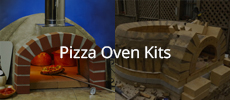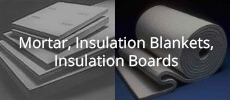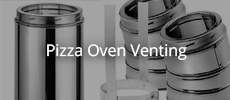Originally posted by david s
View Post
But now you are talking out of both sides of your mouth at the same time!
I remember you telling me to take it slow with the application of the pericrete coats, and doing it in 1" layers. That part I did not take your advice--sometimes I use my own instinct... I do not think it created a problem except that it took much longer to dry.
I tried various ways of drying but in the long term, it was just time and firing of the oven.
You always had an opinion that ceramic fiber is a dangerous product, now you are hailing it as a superior product. What will you be advising tomorrow?
On most of the other things I have taken your advice over others and it has turned out fine.
As far as creating steam, no place or no time during my construction has steam created a problem or caused excessive cracking, Spaulding, explosions or anything. It is just a normal phase that water goes through in the drying process.
A lot of whoopla was made about the importance of slow curing for the refractory and I really wonder if that is all so important either. In commercial applications where refractory cements must be used on furnace repairs, they do not phase the temperatures up as everyone suggests. They have a kiln down for repairs and it is costing them money for the repairs and down time--when the repairs are completed, they want these machines on line as quickly as possible. And the temperatures that they are designed for are much higher than a WFO. Probably all the advice given on the forum is to be on the extremely safe side. I think the advice would be more important where quality of the build is concerned.
I mentioned cracking on my pericrete layer, but that is not the reason for considering installation of a ceramic blanket. I could add another 8" of pericrete and do the same thing for 1/10th the price. I just don't want to wait for the stuff to dry out like before. I will probably never use the stuff again because of the time lag--nothing else.
I wish you would "point fingers" when other people do not follow your advice.
This is also a first--as I have seen... out of character. I'm not Brickie, so you do not have to vent your frustrations because of some long standing feud or misunderstanding.
But thanks for all the information you have provided in the past.
It is like when people find themselves with little to do, they begin to infight among themselves. Usually I agree with your ideas... this time not so much!





Leave a comment: